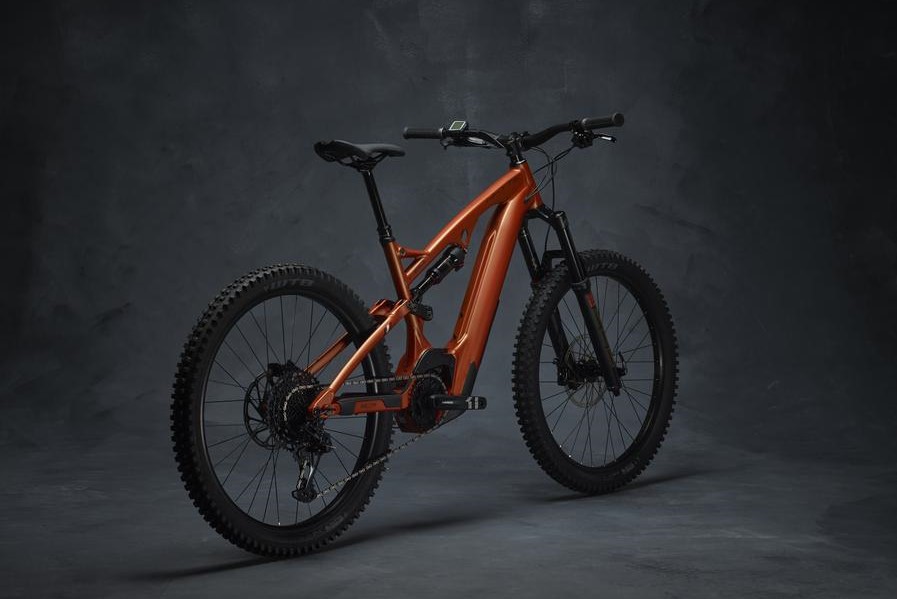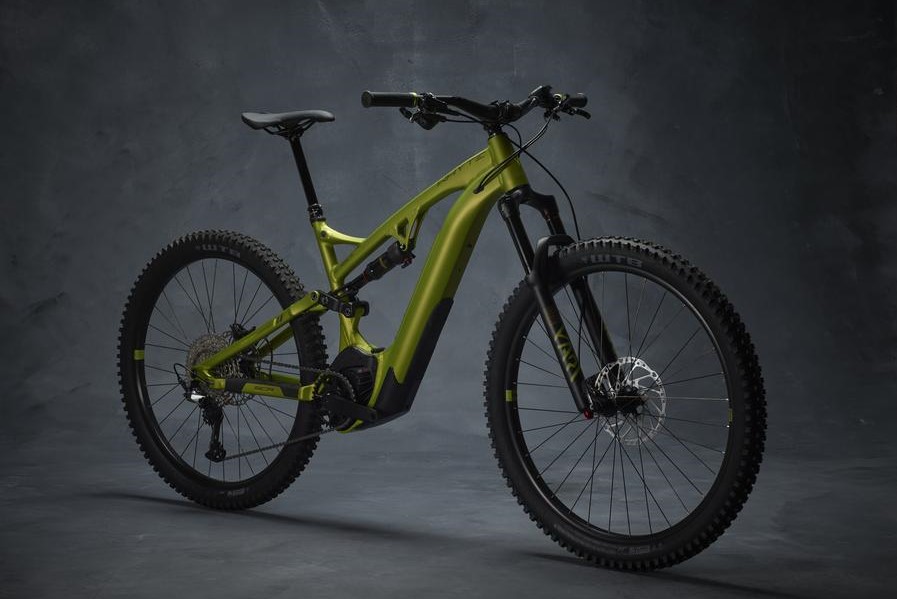How Whyte makes a better e-bike, by thinking about geometry and packaging.
As mountain biking surges to levels of unprecedented popularity, marketing can often supplant legacy.
Innovation is nothing without experience and in the realm of e-bike development, that can become tellingly obvious. Mountain bike brands with decades of design experience, understand that adding a battery and mid-drive motor, isn’t coincidental.
Whyte’s been designing mountain bikes since 2000, when standards were simpler and there was only one wheel size. The 29er and 27.5” revolution? Whyte was there. Boost front and rear axles? Whyte engineers were perfectly positioned to exploit the benefits, rather than jump on a band-wagon. Long, slack and low geometry? Whyte did the hard yards of building and pedalling iterations of test bikes and discovered for themselves what was hype and what was genuine progressive geometry.
E-bikes have terrific potential, but balancing the additional weight of a battery and motor system, without ruining trail feedback or handling agility, isn’t easy. You can’t simply add a sophisticated mid-drive motor system, increase suspension travel think it will all magically harmonize on the trail.
Tradional mountain bike values – with modern technology
Having engineered solutions to most of the mountain bike’s evolutionary challenges for the last two decades, Whyte knows how to optimize e-bike packaging and geometry, without one displacing the other. Using Bosch’s latest generation of mid-drive motors, Whyte e-bikes are all about the packaging of the major masses and the resulting centre of gravity awareness.
Although nearly all mountain bikers have varying degrees of gram-obsession, where weight is placed, is often more important than its sheer magnitude.
The lower and more centred you package any additional weight, such as an e-bike’s battery, the less disruption it causes to overall ride and handling dynamics. If you package these major masses better than anyone else, there is the promise of making a bike not just handle as well as a non-powered bike, but to exceed all expectations and create the best handling MTB you have ever made.
Most e-bike systems integrate their mid-drive motors around the bottom bracket, which is ideal for managing supplementary mass, without adversely affecting centre of gravity. But angles matter, too. When you choose a Whyte e-bike, you aren’t riding geometry created by some algorithm.
Proven design – by learning on the trails
Whyte’s years of real-world riding experience, working on a vast range of mountain bike categories, has empowered the brand with great intuition, relating to how small geometry changes influence each other.
Beyond developing an overall geometry concept that is fundamentally an enabler of rider-confidence, Whyte also knows that heavy weather doesn’t discourage the committed mountain biker. With e-bikes supporting riders to journey further, in muddy and drizzling conditions, the issue of environmental sealing is important. On a Whyte e-bike, you won’t have any moisture seeping, around the charge ports.
E-bikes are naturally heavier than conventional mountain bikes and that means greater inertia and greater forces acting on the chassis. It’s no use having a wonderful set of theoretical geometry numbers, that don’t translate into real-world riding joy, due to an under-engineered chassis.
To ensure their e-bikes retain excellent torsional and structural strength and rigidity, and ride as their geometry numbers intend, Whyte followed a different concept when it comes to accessing the battery. To avoid the huge downtube cut-out used by almost all other e-bike manufacturers, Whyte simply slide their battery in through the end of the Down Tube, without sacrificing chassis integrity at all.
For Whyte’s product team, pedal-assistance is an enabler… it enables more exploration, it enables more climbing and with an elegeant inevitablilty, it enables more descending. In other words, it enables more of the good stuff. It also enables the product team to not compromise on their intrinsic and long-standing first-principal of performance by design.
This is the reason you’ll find Bosch’s fourth-generation Performance Line CX mid-drive motor onboard. A step-change in e-Bike performance. 25% lighter, 48% smaller and giving 85Nm of torque and with a peak power output of 600w, providing phenomenal, critically acclaimed performance, taking the strain out of climbing gradients, whilst at the same time allowing Whyte’s designers to not compromise your confidence on the descents.
For those riders who seek a simpler e-bike experience, without having to contend with the complexities, maintaince and set-up of rear suspension, Whyte has a stellar new range of mid-drive motor integrated e-hardtails.
The same multi-year 10/10 winning and genre-defining trail hardtail geometry that Whyte designers have developed on bikes like the Whyte 901 and 905 is now brought across and presented on the new Whyte e-hardtail range.
Appropriate component selection ensures that these Whyte e-Hardtails are proper singletrack trail surfing machines, not mere off-road commuter and adventure bikes. Generously wide handlebars coupled to short stems and reduced off-set suspension fork geometry all sync perfectly with Whyte’s Performance by Design concept. 4-piston Trail brakes with large diameter disc rotors and long-stroke dropper seat posts put the rider firmly in control.
Whether you go the full super-enduro on an E-180 or opt for one of Whyte’s trail skimming eHardtail bikes, the e-bike hardware is there to help you get up the hill – before becoming almost unnoticeable, downhill.




